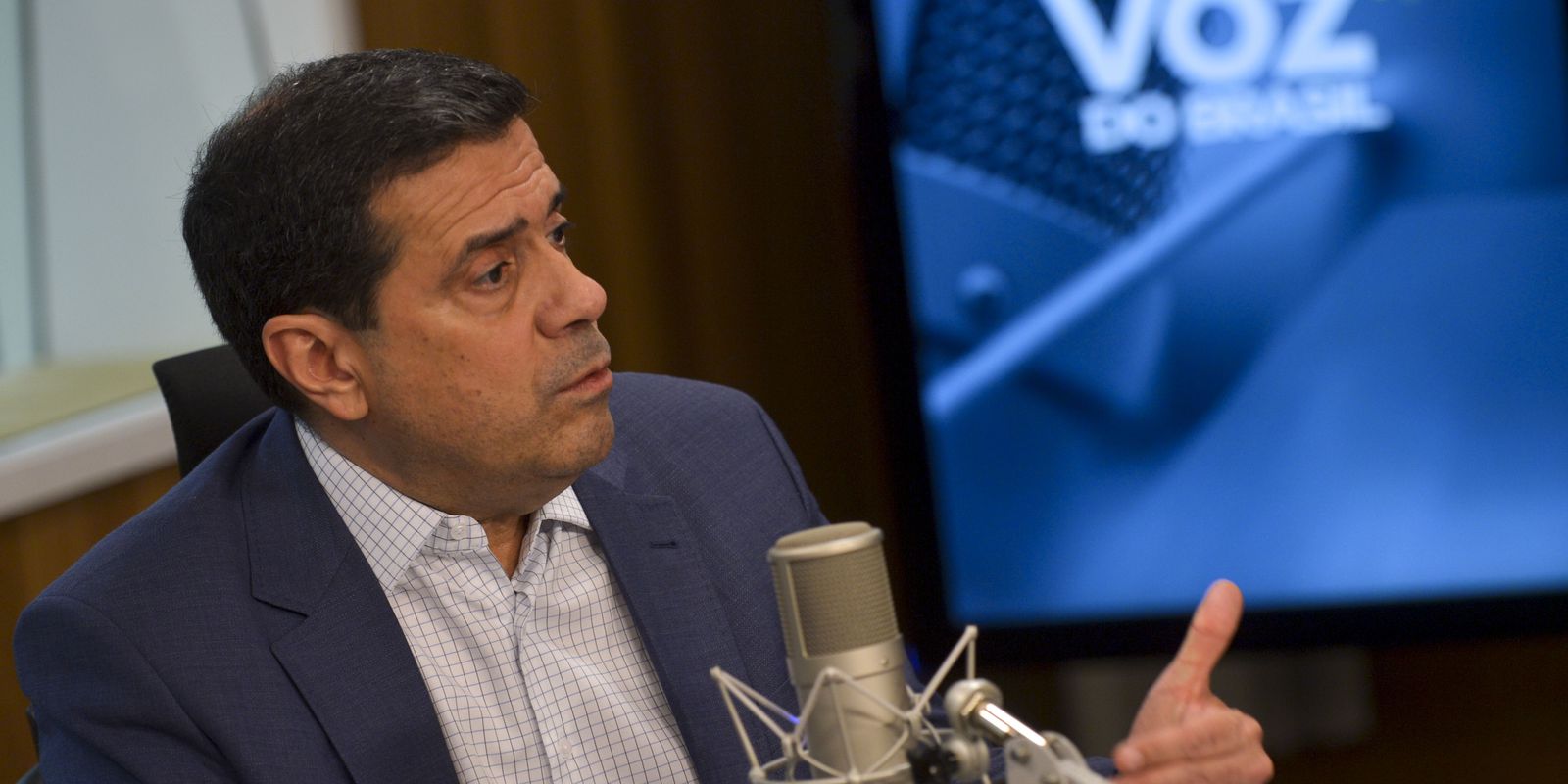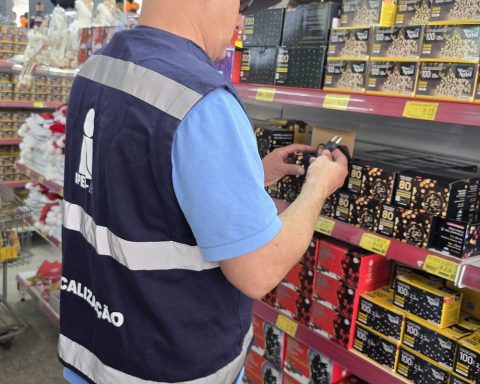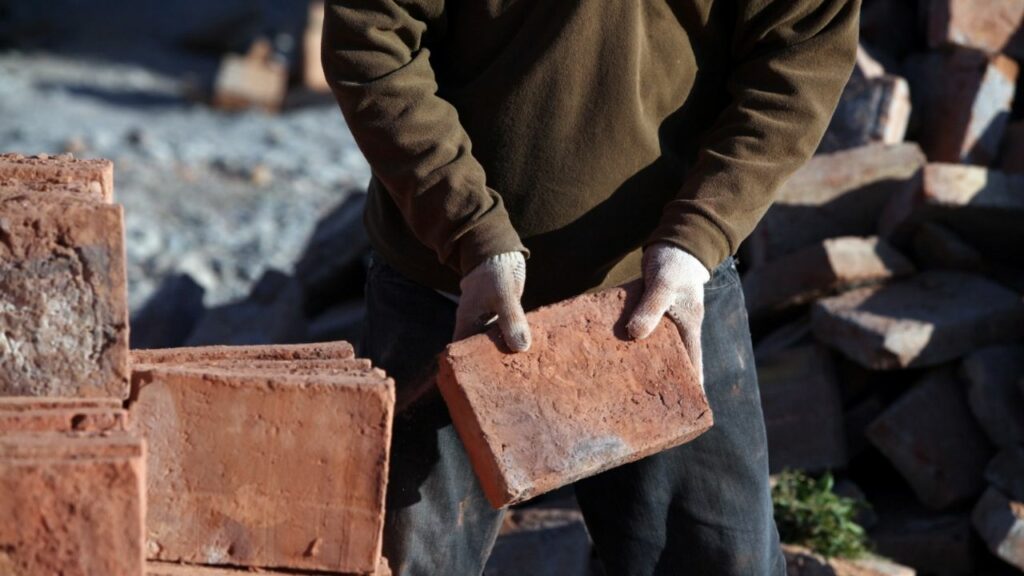All Brazilian capitals will have 5G technology by October 28, said this Monday (19) during the A Voz do Brasil program, the adviser of the National Telecommunications Agency (Anatel) Moisés Queiroz Moreira. So far, 22 capitals have received the technology, yet to be installed in Macapá, Belém, Manaus, Rio Branco, Porto Velho.
Today, Anatel authorized the 3.5 gigahertz (GHz) band of 5G in Aracaju, Boa Vista, Campo Grande, Cuiabá, Maceió, São Luís and Teresina. “It’s going well, on schedule,” Moreira said. “From January onwards, 5G will be deployed in cities with a population of over 500 million. Then, June 30, 2023, cities with more than 200,000 inhabitants and so on.”
The counselor explained that the impact of pure 5G is very focused, for the population, on cell phones, in being able to download and upload data at great speed. Despite the expectation, most of the devices used by Brazilians are not able to receive the pure 5G signal. “Those who are already receiving the signal feel this difference, which is brutal.
Moreira believes that the most important are the applications that will emerge with this new technology and that will be used in everyday life through smart cities, greater security, connected cars, telemedicine and also in industry, in agribusiness. He says this will provide Brazil with development and put the “country at the forefront of mobile cellular technology.”
“In telemedicine, there is a lot of talk about remote surgery, with greater precision, that is, there will be no latency and this will make life a lot easier, but this is still a future to come. In relation to agribusiness and industry, there are two types of 5G, the public networks, which are Tim, Vivo, Telefônica, Claro, which are using these public frequencies that we use on our cell phones and the private network, which we call of SLP [Serviço Limitado Privado]where farms, industries can use these specific frequencies for SLP privately and this will greatly facilitate the development of our industry, where we want to get industry and agriculture 4.0”, he explained.
See the full interview here:
















